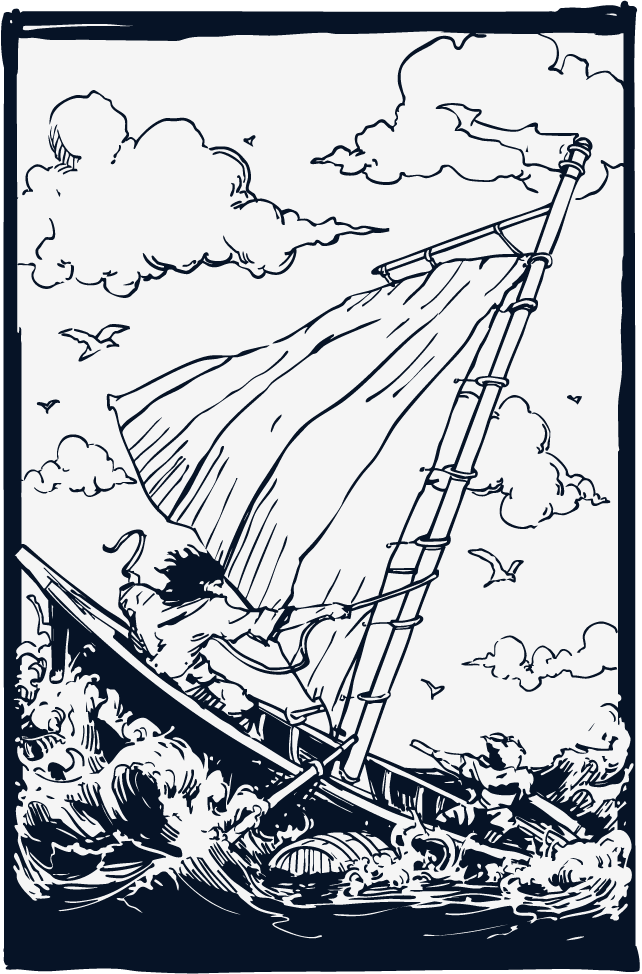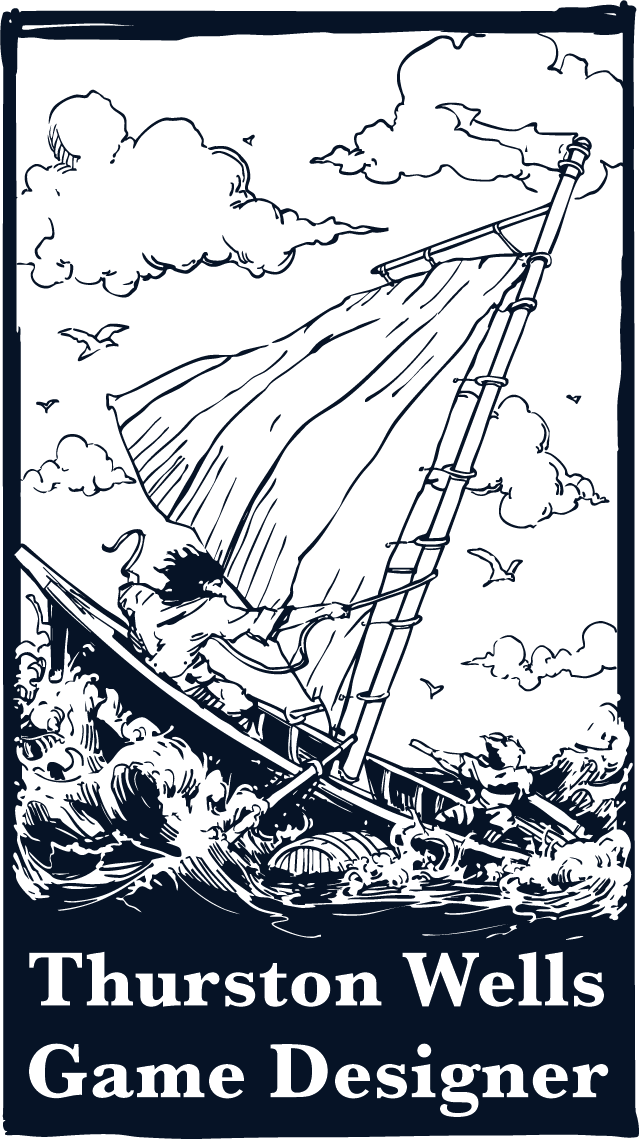Game A Week – Academic
Gameplay & Level Designer
(Jan 2025 – April 2025)
As part of the academic Rapid Game Prototyping module, I developed six distinct games over a 12-week cycle alternating between development and reflection. Each project was created within a one-week sprint under a unique theme and modifier, game jam conditions. I submitted my top three projects for formal assessment, receiving an overall grade of 82%.
Over the course of the module, I also earned one “Best Mechanical Showcase” and two “Best Overall Game” awards during competitive weekly reviews, judged against submissions from second-year and master’s students.
“This is a really great series of submissions that show an excellent level of both technical and design skill… we love how outside of the box each one is regarding each provided theme… range across the submissions is great, and show off your ability to do a lot with some simple mechanics, create really intricate systems, and design a level around a series of well put together abilities.”
–Matthew Crossley: Module Leader
This page covers each of the three selected prototypes, outlining core gameplay concepts, level design decisions, key iteration changes, and what I learned from each cycle.
Colour Cube: Best Mechanical Showcase
Theme IV | Theme: The Puzzle Box | Modifier: No Combat
Colour Cube – Gameplay & Features
A short showcase of the game’s core loop, player interaction, and design intent.
This week’s prototype explored puzzle mechanics, where the observer defines reality through a colour filter system that controls which cubes exist, how they behave, and whether the player can interact with them.
Some entities, like an autonomous eye, follow their own filter logic, adding asymmetry to how the world responds. Movement is also filter-dependent: switching states while overlapping certain cubes launches the player or locks them in place. The level design draws inspiration from Portal, using a structured progression, setup-payoff interactions, and layered spatial logic, including moments where players must set-up level spaces in advance to trigger delayed, solutions.
Key Design Highlights
- Built rooms with clear goals. Players can identify key objects and exits immediately upon entering rooms.
- Embed incorrect assumptions into the puzzle design, enabling puzzle revelations.
- Combined visibility logic with movement mechanics. Overlapping objects during filter changes trigger state-based motion.
- Structured puzzles to require setup in neutral spaces before activating filters, encouraging forward planning.
- Introduced mechanics in isolation before combining them in more complex, layered challenges.
- Designed non-player perception systems where certain objects interpret reality differently from the player, creating asymmetrical logic.
- Took inspiration from Portal’s approach to puzzle readability and gradual escalation.



What Worked Well
- Staggered introduction of mechanics helped build player understanding and supported the development of more complex challenges.
- The filter system proved flexible and opened up a range of interesting design opportunities.
- Puzzle layouts that encouraged non-linear problem solving through object reuse, intentional destruction, and delayed interactions.
- Designed each level with a specific goal or concept, allowing them to connect into a clear, consistent progression path.
What Could Be Improved
- The interaction system limited player freedom in some situations and occasionally made the intended solution harder to read.
- The additional movement mechanics did not add enough to the puzzle design. They functioned more as platforming segments than integrated systems and would have required further development to support gameplay meaningfully.
- A more focused interaction design could have opened up more possibilities for expression or experimentation within the puzzle space.
Sport Imposter: Best Overall Game
Theme V | Theme: A Sport from Another World | Modifier: Starring Pad
Sport Imposter – Gameplay & Features
A short showcase of the game’s core loop, player interaction, and design intent.
This week’s prototype explored rule-constrained navigation through an unknown rule set and customisable control scheme. It is structured as a top-down 2D track sport where players must complete events without committing any suspicious behaviour.
Before each attempt, players assign movement actions from a limited pool, building a control layout that must function across spatial challenges while avoiding hidden rule violations. The rules remain consistent between levels, and any breach is flagged immediately, with the corresponding rule added to an on-screen rulebook. The short-loop structure supports trial-and-error without relying on guesswork, aiming for clarity, fairness, and fast iteration. Design emphasis was placed on visibility, iteration, and adaptation within tight constraints, drawing inspiration from the immediate feedback and active rule-tracking seen in King of the Bridge.
Key Design Highlights
- Built rooms with clear goals. Players can identify key objects and exits immediately upon entering rooms.
- Embed incorrect assumptions into the puzzle design, enabling puzzle revelations.
- Combined visibility logic with movement mechanics. Overlapping objects during filter changes trigger state-based motion.
- Structured puzzles to require setup in neutral spaces before activating filters, encouraging forward planning.
- Introduced mechanics in isolation before combining them in more complex, layered challenges.
- Designed non-player perception systems where certain objects interpret reality differently from the player, creating asymmetrical logic.
- Took inspiration from Portal’s approach to puzzle readability and gradual escalation.


What Worked Well
- Playtesting showed players responded well to the rule discovery format, clearly identifying when and why they failed.
- The gameplay loop encouraged experimentation, supporting an enjoyable trial-and-error experience without confusion or frustration.
- Customisable controls led to varied approaches, with players making deliberate trade-offs in movement costs and control mapping.
- Level layouts pushed efficient planning and adaptation, leading to satisfying problem-solving within limited inputs., allowing them to connect into a clear, consistent progression path.
What Could Be Improved
- Earlier levels could have more tightly controlled rule exposure to better manage learning flow and avoid premature discoveries.
- Additional content and variety, such as more event types, additional challenges, and meaningful rewards, would have reinforced replayability.
- Some systems lacked depth, particularly around challenge incentives and progression pacing, which could be expanded in a future version.
Meat Hero: Best Overall Game
Theme VI | Theme: _ Hero | Modifier: Retro Consoles
Meat Hero – Gameplay & Features
A short showcase of the game’s core loop, player interaction, and design intent.
This week’s prototype explored Metroidvania-style progression built around genetically modified animal abilities, created under the randomly assigned theme Meat Hero.
Set in a 2.5D world, the player unlocks five meat-based powers, each derived from modified organisms and altering how they interact with the environment. Abilities are introduced through controlled encounters, requiring players to overcome specific traversal challenges. Level design emphasises gated progression, forced backtracking, and soft-path routing based on the current ability set. The structure supports a linear introduction of mechanics while allowing for optional divergence and layered puzzle spaces. Design focused on teaching through use, encouraging players to understand and apply each new skill as part of a growing toolkit.
Key Design Highlights
- Limited players to two bound abilities at a time, forcing deliberate loadout choices and ability combinations.
- Designed traversal challenges around ability pairings, requiring players to experiment with sequencing and spatial timing.
- Introduced each ability through immediate gated encounters, reinforcing function and enabling meaningful backtracking.
- Used consistent visual cues for ability interactions, including red glow accents and shared material types for readability.
- Built level spaces with gates and diverging paths, supporting both guided progression and optional exploration.
- Balanced puzzle structure to reward mastery of single abilities before layering them into multi-step solutions.



What Worked Well
- The metroidvania structure tested well in playtests, with no major feedback calling backtracking tedious or repetitive.
- Fencing and layout design clearly communicated ability requirements and encouraged creative combinations using only two active powers.
- Despite differing interaction types, all abilities were understood and used effectively without overuse of tutorials.
- Visual design choices, such as consistent glow cues and material types, supported fast environmental readability.
What Could Be Improved
- Earlier playtesting would have helped refine the feel of the movement system; the pulsing motion was often described as imprecise or difficult to control.
- Some mechanics, especially the final ability, were well received but underutilised due to time constraints and limited level space.
- The ability switching system could be further refined for responsiveness and flow, improving how players chain powers in active traversal.
Key Takeaways
- Tight turnarounds are possible when the scope is realistic.
With the right constraints and focus, fast-paced projects can still produce polished and playable results. - Planning is not optional.
Taking time to define structure, layout, architecture and progression before building consistently led to better outcomes. - Playtesting early and often improves clarity.
Frequent testing helped identify issues I missed and showed where design adjustments were needed. Relying on internal understanding alone often missed key player perspectives. - Creative constraints work best when flexible.
Theme prompts and mechanical limits supported strong direction, but staying too rigid or attached made the design feel forced. - Managing time directly affects quality and burnout.
Learning to pace development helped maintain quality without overextending myself or losing momentum. - Interpreting existing frameworks instead of copying them
I learned how to understand the underlying principles of successful designs and apply those methods to create something uniquely mine. - Short cycles developed my gameplay and level design skills
Working through rapid prototyping under time pressure sharpened my ability to design, scope, and iterate effectively. Each project pushed me to refine mechanics and construct levels with clearer structure, pacing, and player intention.
Want To See More?

